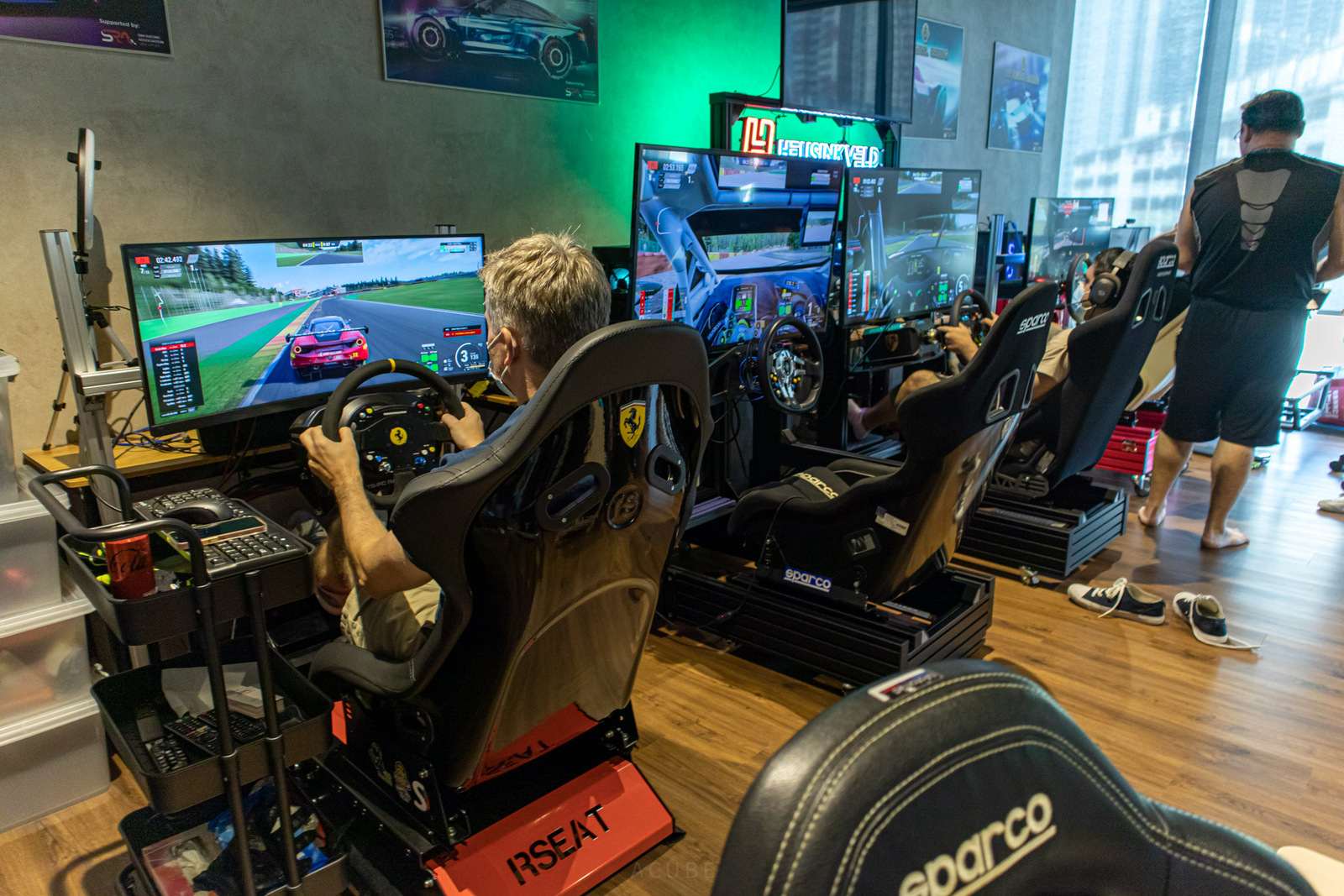Sim racing—short for simulated racing—has evolved from a niche gaming hobby into a legitimate stepping stone toward professional motorsports. With hyper-realistic physics, detailed vehicle telemetry, and advanced driving rigs, platforms like iRacing, Assetto Corsa, and rFactor 2 have attracted attention from both racing fans and professional teams. What once was considered a pastime is now seen as a training ground, providing aspiring drivers with low-cost, high-fidelity environments to hone their racecraft and strategy under competitive conditions.
The professional credibility of sim racing was solidified during the COVID-19 pandemic when real-world motorsport events were canceled, and major series like Formula 1 and NASCAR turned to virtual races. Notably, drivers like Max Verstappen and Lando Norris competed alongside sim specialists, blurring the line between virtual and real-world talent. Some sim racers, such as Jann Mardenborough—winner of the GT Academy—have successfully transitioned from virtual tracks to real-life racing, proving the value of simulated experience in high-speed environments.
Today, many esports organizations and racing teams invest in sim racing divisions, with international tournaments offering substantial prize pools and sponsorships. The accessibility of sim racing also broadens participation, making motorsports inclusive to those who may never afford traditional racing. As technology improves and crossovers increase, sim racing continues to redefine the motorsport talent pipeline, offering new pathways and professional recognition in the esports ecosystem.






